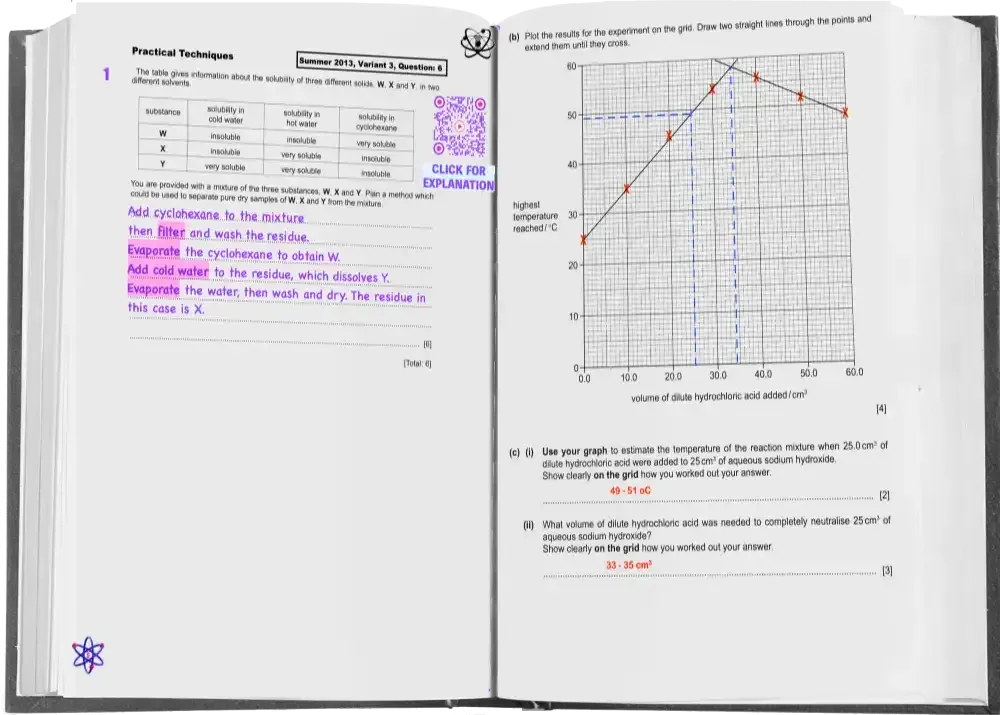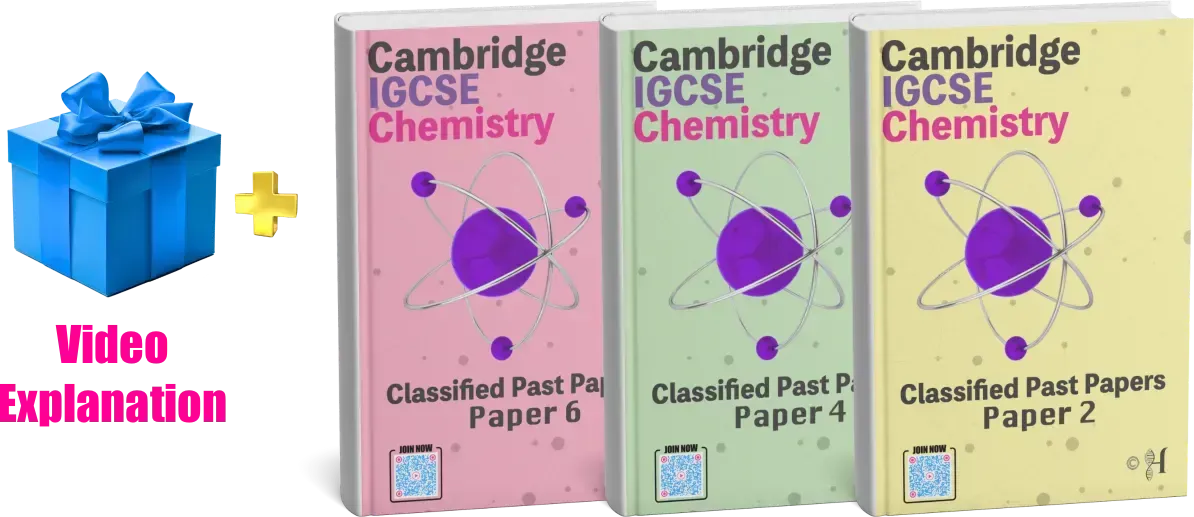IGCSE Chemistry
2026 - 2028
Syllabus Checklist ✅
Topic 18: Polymers
Basics
Define polymers
as large molecules built from many smaller molecules called monomers
Describe formation of poly(ethene)
as an example of addition polymerisation
from ethene
monomers
State that plastics
are made from polymers
Plastics & the Environment
Describe how plastic properties
affect disposal
(e.g. durability, low density)
Describe environmental challenges: (a) landfill accumulation (b) accumulation in oceans
(c) toxic gases
from burning
Addition vs Condensation Polymerisation
Identify repeat units
and/or linkages
in addition polymers
and in condensation polymers
Deduce the repeat unit
or structure of an addition polymer
from a given alkene
and vice versa
Deduce the repeat unit
or structure of a condensation polymer
from given monomers and vice versa, limited to: (a) polyamides
from a dicarboxylic acid
+ diamine
(b) polyesters
from a dicarboxylic acid
+ diol
Describe differences: addition polymerisation
joins unsaturated monomers (e.g. alkenes), no small molecule lost; condensation polymerisation
forms linkages
(e.g. amide
, ester
) and eliminates a small molecule (often H₂O
)
Named Polymers
Describe and draw the structure of: (a) nylon
(a polyamide
) (b) PET
(a polyester
)
State that PET
can be depolymerised
to monomers and re-polymerised
Natural Polymers
Describe proteins
as natural polyamides
formed from amino acid
monomers (general structure H₂N–CHR–COOH
) with peptide (–CONH–)
linkages




